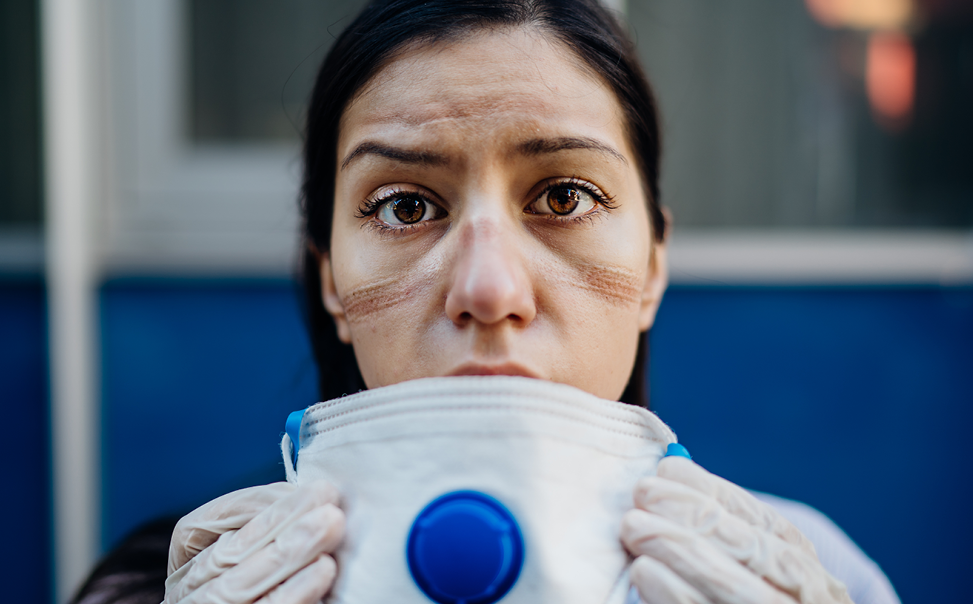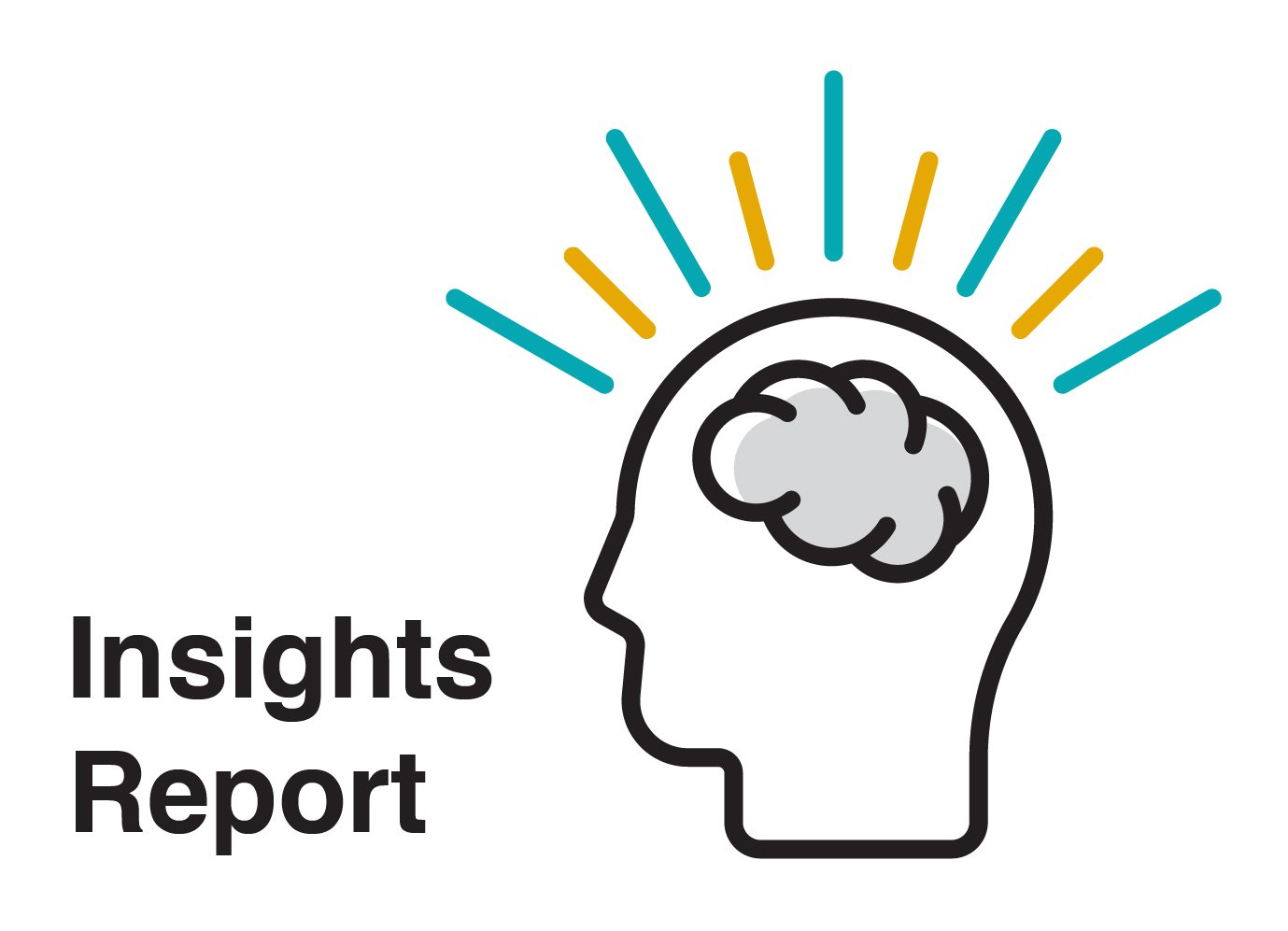Our team of Virtual Care experts continues to closely track all the latest developments and happenings in our fast-paced industry to keep you in the know. Here’s a rundown of some of the notable moments we’ve spotted since our last Insights Report.
The Six Specialties Using Telehealth the Most
The American Medical Association examined physicians’ use of telemedicine for its latest Physician Practice Benchmark Survey. The study collected data from Sept. 2018 to Sept. 2020. Here are the top percentages of Virtual Care use broken down by practice specialties.
- Dermatologists: 87.3%
- Urologists: 87.2%
- Pediatricians: 82.9%
- Cardiologists: 82%
- Family / general practice: 80.9%
- Internists: 76.6%
Patients and Doctors Fear Rollback of Telehealth Progress Made During the Pandemic
Providers ramped up their telehealth programs in the wake of the pandemic. To make things easier, state regulators issued waivers to telehealth access and coverage rules, allowing health centers and clinics to expand services, and be reimbursed for delivering them. Now telehealth advocates worry some of these accommodations are only temporary.
This summer, more than 430 healthcare organizations urged congressional leaders to keep the gateway to telehealth open, according to the The Washington Post. There is also bipartisan support for making the shift to telehealth permanent through legislative means like the Connect for Health Act, but many states are already walking back the licensing waivers that allowed providers to practice across state lines. Other decisions at the state, federal and individual healthcare system levels remain uncertain.
Report: Children with Chronic Conditions Benefit from Telehealth
Leveraging telehealth to deliver comprehensive care for children with chronic conditions is likely to reduce hospital and ER visits, improve patient care, and decrease healthcare costs, according to a University of Texas Health Science Center study and recently reported by mHealth Intelligence.
Just .04 percent of children have chronic conditions, but they make up 40 percent of pediatric deaths and 53 percent of pediatric hospital charges. The study found that when using telehealth, the probability for an overall reduction in hospital visits was 99 percent and the probability for reduction in serious illness was 95 percent.
Advocates Push CMS to Protect Rural Tele-Behavioral Health
Advocacy groups are calling on the Centers for Medicare and Medicaid Services to protect billing for tele-behavioral health outpatient services after the COVID-19 Public Health Emergency expires. Their letter to CMS urges the agency to ensure that hospitals, rural health clinics, and other providers are enabled with telehealth for behavioral needs and able to bill the same way they would for in-person visits.
- Who signed on: The letter includes 20 signatories, including the American Psychiatric Association, Gundersen Health System, the National Association for Rural Mental Health, and the National Rural Health Association.
- Key quote: “These are exactly the issues that Congress intended Critical Access Hospitals to address when they designated them providers of essential services in rural communities. As you know, COVID has only exacerbated these challenges.”
- The letter points out that 20 percent of rural Americans experience mental illness and over 80 percent of rural counties do not have a psychiatrist.
Sign up to get regular updates from The Virtual Care Blog at the button below.




